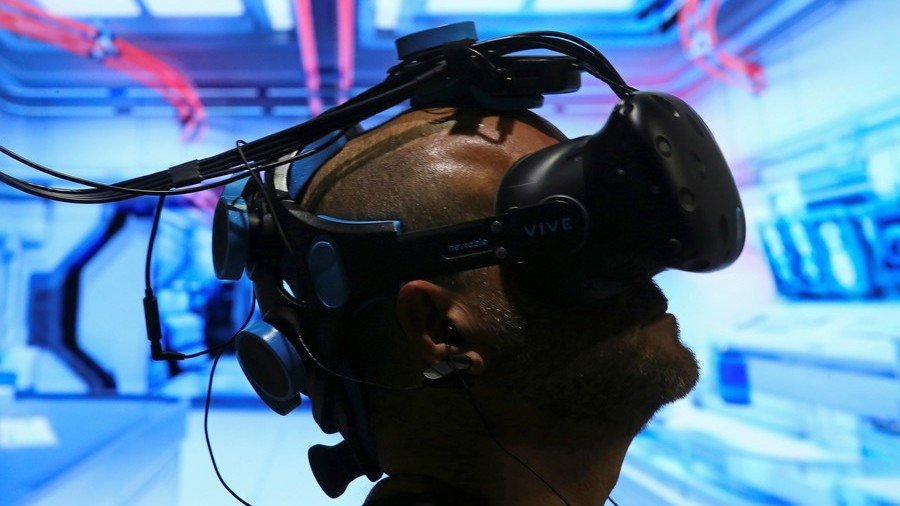To bot-ly go: VR robots will do space work & defuse bombs - where humans can’t venture (VIDEO)

New software by Brown University is allowing humans to virtually step into the shoes of their robot creations, boosting the snap decision-making of machines and helping to ensure they never get out of control.
Robots have increased human productivity and mitigate risk factors for first responders in dangerous environments, like nuclear fallout zones or scenes where explosives may be present. One example is the army of bots that led the clean-up charge of the nuclear power plant in Fukushima, Japan, albeit with mixed results.
However, machines still lag behind in terms of critical thinking or free flowing human-like movement.
Now scientists from Rhode Island’s Brown University have developed and sharpened a system that facilitates the operation of robots through a virtual reality headset and body sensors. The technique is being billed as an attempt to rid robotics of unwieldy keyboards and remote controls once and for all.
READ MORE: Armchair astronauts: Walk desolate Mars trails with new NASA VR (VIDEO)
“For things like operating a robotic arm with lots of degrees of freedom, keyboards and game controllers just aren’t very intuitive,” said David Whitney, who co-led the VR development.
It could also be a novel way to keep humans in the loop with autonomous devices.
According to Brown University experts, the software connects a robot’s arms, legs and other features like cameras to virtual reality hardware. It effectively means human operators can make an external robot mimic their actions even though they are miles apart.
“We think this could be useful in any situation where we need some deft manipulation to be done, but where people shouldn’t be,” Whitney added.
“Three examples we were thinking of specifically were in defusing bombs, working inside a damaged nuclear facility or operating the robotic arm on the international space station.”
READ MORE: Zuckerberg apologizes for “offensive” VR tour of flooded Puerto Rico
The technology was successfully tested earlier this year using a Rethink Robotics Baxter robot. During the experiment a human operator fitted with a VR headset and hand controls was able to commandeer the hulking machine.
Since data is transferred over the web, Whitney explained that great distances can come into play, as long as there is internet access. A paper on the teleoperation using VR was presented by researchers at the International Symposium on Robotics Research in Chile on Thursday.














